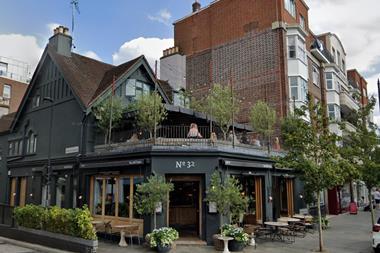The move into smaller-format supermarkets has allowed the grocery sector to grow in the face of recession.
CACI’s annual report on the UK grocery market has found the launch of smaller-format grocery stores has increased competition in the sector.
CACI’s ProVision 2009 data reveals that Morrisons’ assault on the market, through the purchase of 39 ex-Somerfield stores following the Co-Op’s disposal programme, has boosted Morrisons presence in the south east and London. The stores are as small as 10,000 sq ft and are on average atleast 10,000 sq ft smaller than its usual stores.
Sainsbury’s has followed suit, with 22 new stores in the smaller store sector which average 17,000 sq ft below a normal Sainsbury’s store.
Waitrose has taken over 14 smaller format stores which average more than 5,000 sq ft below its typical store size.
Sainsbury’s has moved up to take pole position for market share in 13 of the UK’s 121 postcode areas – five more than in 2008. Asda, although following a less aggressive expansion strategy, has moved up to number one in 16 areas. By contrast, Tesco has slipped back from number one in 87 postcode areas in 2008 to 84 today – some 70% of postcode areas.
Paul Langston, associate director for Location Strategy at CACI, said: “For once, things are not all going Tesco’s way. While it remains the UK market leader, it is being challenged on several fronts by the emerging smaller store format. In the past year we have seen an increase in the number of competing fascias in over 25% of the UK’s retail centres, which is very good news for the consumer. Having proven that they can trade smaller stores successfully, Sainsbury’s, Morrisons and Waitrose are likely to pursue this strategy in the coming year – opening up a new front in their battle to claw back ground from Tesco.”






























No comments yet